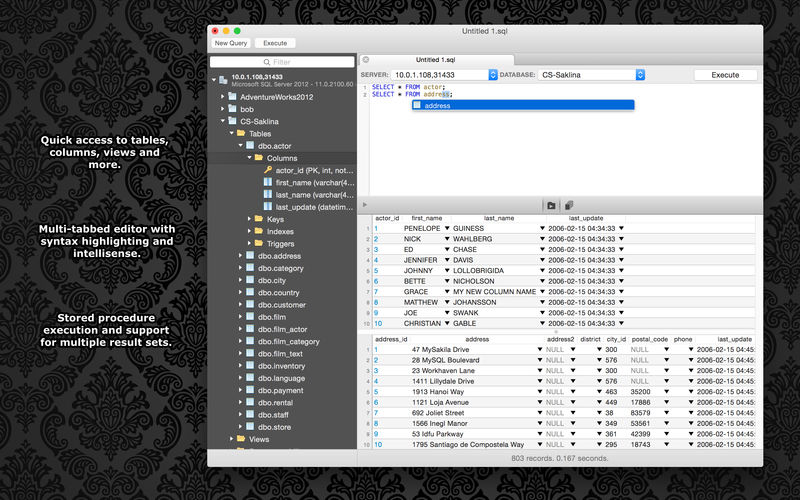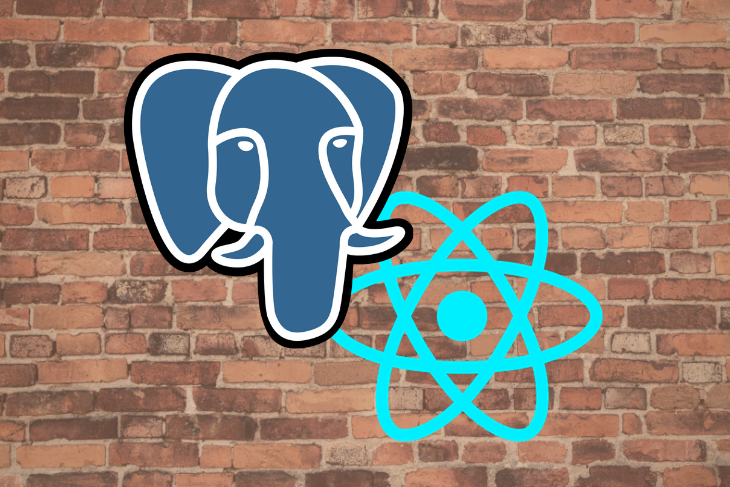

StatefulSets also come with a set of limitations that users should be aware of before deploying the application. For instance, StatefulSets are not interchangeable with deployments or ReplicaSets-these are instead geared to stateless configurations. This provides greater control over the network communications between pods by providing the ability to configure persistent routing, policies, and security configs for desired pods.Įven with these benefits, StatefulSets do not provide a solution for all requirements. With unique identifiers, network users can manage and route traffic for specific pods without worrying about IP changes at rescheduling. Using unique network identifiers to create persistent network connectivity Create resilient application deployments.Define which pods correspond to each persistent storage.When considering databases, persistent storage is the most critical part as applications need to store data. Therefore, users can decide the order in which the applications or microservices should be updated by using a StatefulSet.
#POSTGRES APP UPDATE#
Additionally, an update should not affect the functionality. Updating applications or microservices that are dependent should also be updated in an orderly manner. When an application relies on multiple containers, the ordered approach to scaling ensures that dependent containers are created in an orderly manner at deployments and scaling scenarios. There are several use cases for StatefulSets. This way, a pod will get correctly mapped to the storage volumes even if it is recreated, and the application state will be preserved. StatefulSet provides this functionality by creating pods with a persistent identifier that will pertain to its value across rescheduling. However, there is the need to properly identify pods to preserve the state in stateful applications with persistent storage. In a normal deployment, the user does not care how the pods are scheduled as long as it doesn’t have a negative impact on the deployed application. StatefulSet is a Kubernetes workload API object that can be used to manage stateful applications.

Use the right-hand menu to navigate.) What is Kubernetes StatefulSets? (This article is part of our Kubernetes Guide.
#POSTGRES APP HOW TO#
In this article, we will focus on how to deploy a PostgreSQL database on a Kubernetes cluster using StatefulSets. Managing states within a containerized environment has become even more significant with the popularity of deploying database clusters in Kubernetes. Kubernetes provides StatefulSets when creating a stateful application in a Kubernetes cluster. Most applications we use are stateful applications, and their state data may consist of user preferences, recent activity, database transactions, credentials, settings, etc.
#POSTGRES APP FULL#
Stateful applications have full knowledge of the past information (state).Stateless applications can be run independently in isolation without any knowledge of past transactions.When it comes to the states of those applications, there are two states: There are different types of applications, from single large applications to microservices-based applications that cater to different needs.


 0 kommentar(er)
0 kommentar(er)
